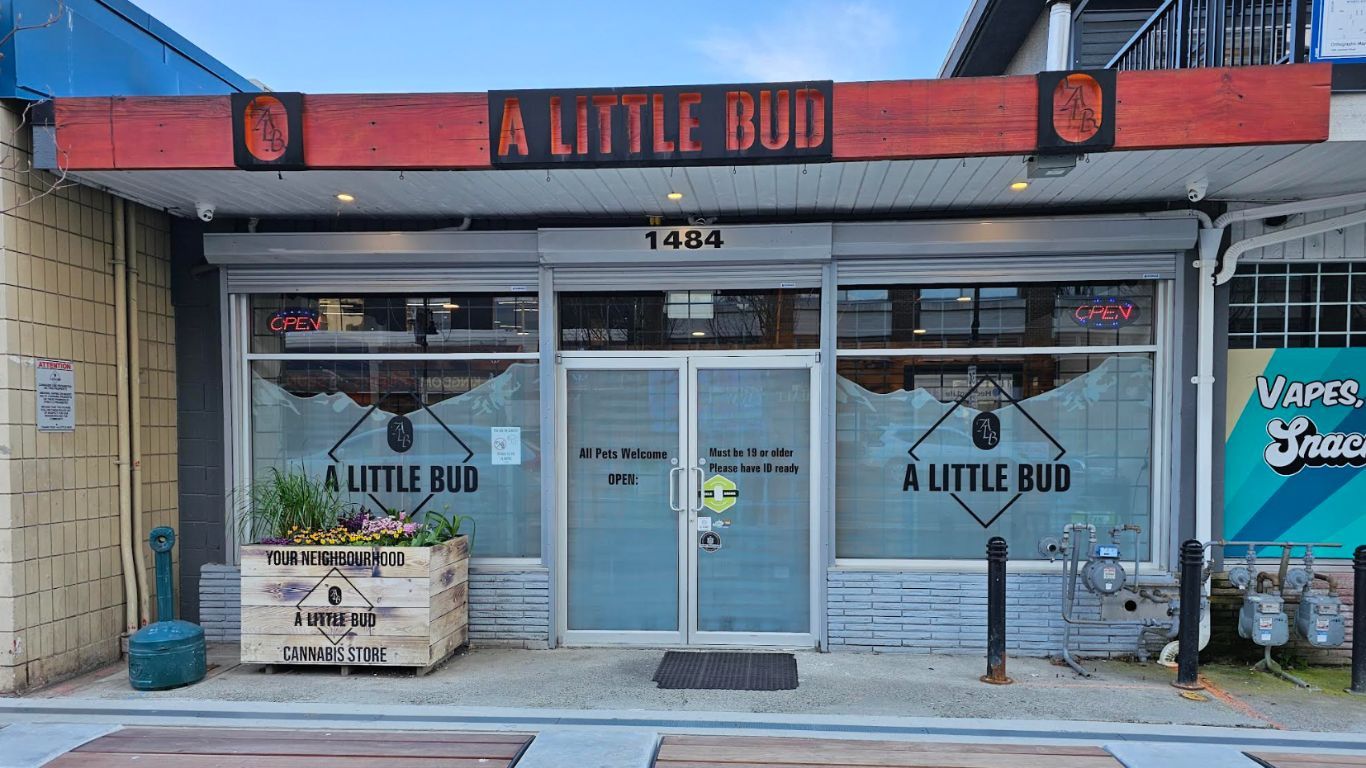
The Ontario Cannabis Store (OCS) will be reducing its margins and moving to a fixed markup pricing model later this year.
The announcement comes after the provincial wholesale distributor completed a review of its pricing structure. In the organization’s 2021–2022 annual report, the OCS posted $184.4 million in income.
The change comes as part of a commitment to improving process transparency in its 2022–2025 Business plan, which includes a review of OCS pricing structure.
With this new change, the OCS projects that margin reductions will contribute approximately $35 million into the marketplace in 2023–24.
Although the 3% reduction in markup means Ontario will still have one of the highest margins for all provincial cannabis distributors, these reductions are expected to grow, with a full fiscal year reduction in 2024–25 for an estimated $60 million, and expected increases to the marketplace in the following years.
The OCS says the move to a fixed pricing model, rather than a variable rate, will also help cannabis producers and retailers to better plan out their own wholesale and retail pricing to meet market demands.
David Lobo, President and CEO of the OCS, says the changes will help the legal industry compete with the illicit market:
“As the exclusive wholesale distributor for legal recreational cannabis in Ontario, OCS is doing its part to support a vibrant cannabis marketplace that helps to displace illegal operators while promoting social responsibility in connection with cannabis. The OCS is pleased to use its growth in scale to establish a more balanced share of product margins to help enable a vibrant cannabis marketplace.”
These changes are expected to begin in September 2023, which the OCS says will give cannabis producers time to adjust any existing products or products expected to launch into the Ontario market in the future.
Provinces like Ontario have received some criticism from the industry for raking in profits at a time when much of the industry is failing to realize similar financial success. First criticized for not being profitable, provinces like New Brunswick, Quebec, and BC are all cash-positive for their provincial distribution and/or sales outlets.
As with other provinces, Ontario’s profits from cannabis are paid into the province’s Consolidated Revenue Fund and made available to the Ontario Government for allocation.
The details of the fixed markup structure are not available as of press time, but the OCS will be holding a call with licensed producers in March to walk them through the changes.
New margins will be based on incentivizing the purchase of non-combustible products for health-related reasons, but the margin on dried flower will be the lowest of all product categories in order to better allow direct competition with the illegal cannabis market.
Meanwhile, several in the industry say the change, even if small, is welcomed.
Omar Khan, chief communications and public affairs officer at High Tide Inc—which operates the largest non-franchise cannabis retail chain in Canada, Canna Cabana, with more than 150 locations across the country and 49 in Ontario—says the changes are needed to allow the industry to better compete with the illicit market, but he wants to see even more to achieve that goal.
“We welcome the fact that the OCS and the Ontario Government are putting $60 million back into the cannabis industry through these reduced markups. Returning this money to the industry will help Ontario’s legal cannabis retailers and producers re-invest in their businesses and better compete with a well-entrenched illicit market.
“While today’s announcement is a positive first step, much more needs to be done, especially by the federal government, to ensure the sustainability of Canada’s legal cannabis sector, which employs tens of thousands of Canadians but is struggling to succeed under the current regulatory and legislative environment,” adds Khan. “We look forward to further discussions with the OCS, regulators, as well as the federal and provincial governments about additional concrete measures that can be taken to ensure our industry continues to grow and create jobs while protecting public health.”
Janeen Davis, VP of sales at Joint Venture Craft Cannabis Inc (JVCC), which has about a dozen SKUs available in Ontario, says it’s a step in the right direction. JVCC is a BC-based processor that focuses on bringing micro and craft flower to market.
“We feel so hopeful that the OCS has heard that many producers are struggling and have responded by reducing provincial distributor margin in Ontario. This kindness is a collaborative step in the right direction to create a sustainable cannabis industry, and we look forward to working with our distribution partner to bring value to consumers in any way we can.”
Mandesh Dosanjh, President & CEO of Pure Sunfarms, a BC-based greenhouse producer with around 50 SKUs in Ontario, says the federal government needs to now make similar changes.
“We welcome the change Ontario is making to lower and standardize markup. A predictable structure gives producers the ability to strengthen their pricing models and provides much needed transparency. This comes at a critical time for producers, who have never been more challenged with overly burdensome excise taxation and fees.
“Ontario is doing its part to help sustain a healthy supply chain for the cannabis industry. Now it’s time for the federal government and other provinces to follow suit.”











